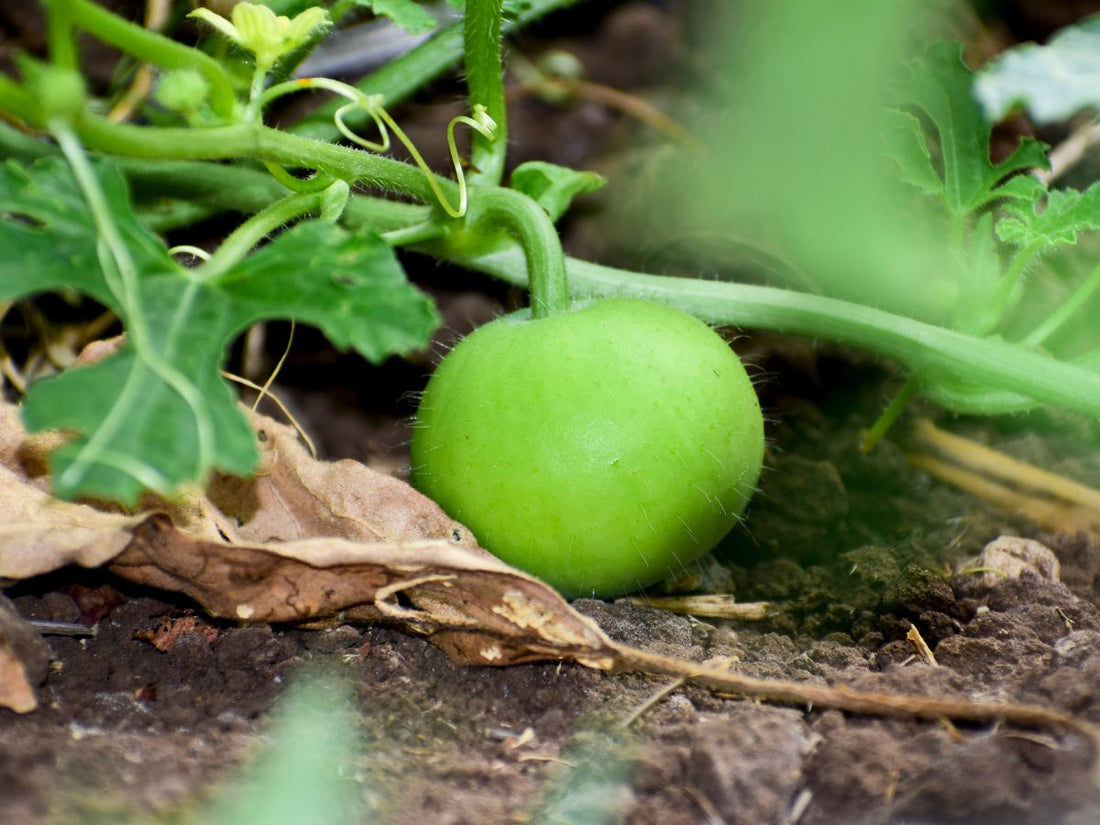
Grow Apple Gourd in Pakistan: Moji Mall Guide
Share
Growing apple gourd (ٹِنڈا) or also known as round gourd at home is very easy and rewarding, especially during Pakistan’s warm season. Tinda vines are fast-growing and productive, providing soft, tender fruits ideal for curries and traditional dishes. Here's a simple guide to grow healthy tindas at home.
| Aspect | Details |
|---|---|
| Best Sowing Time | February to May |
| Ideal Temperature | 24°C to 32°C |
| Germination Time | 5–10 days |
| Transplant Time | 2–3 weeks after sowing |
| Spacing | 2–3 feet between plants |
| Harvest Time | 50–70 days after sowing |
Step 1: Sow Seeds 🌱
When to Sow:
- Sow seeds from February to May, when warm temperatures support quick growth.
- Ideal soil temperature for sowing is 24°C to 32°C.
- Avoid sowing in cold or heavy, wet soils.
How to Sow: Direct sow seeds about 1 inch deep in loose, compost-rich soil. Sow 2–3 seeds together in each spot to ensure strong germination.
Germination Tips: Seeds sprout in 5–10 days under warm, moist conditions. Water gently after sowing to avoid disturbing seeds.
Step 2: Transplant Seedlings 🌿
When to Transplant: If starting in trays, transplant when seedlings have 2–3 true leaves, about 2–3 weeks after sowing.
How to Transplant: Space plants 2–3 feet apart in beds or use 14–16 inch pots with strong trellis support if growing vertically.
Aftercare: Water deeply after transplanting. Provide light shade in very hot afternoons to protect young plants.
Step 3: Care for Plants 🌞💧
Sunlight Needs: Round gourd requires 6–8 hours of full sun daily for healthy vines and fruiting.
Watering: Water 2–3 times a week, keeping the soil evenly moist. Increase watering slightly when plants start flowering and fruiting.
Feeding Schedule: Feed with NPK 20-20-20 fertilizer every 15 days after transplanting. Switch to NPK 5-15-45 during flowering for better fruit set.
Step 4: Protect Plants 🐛
Common Pests: Watch for fruit flies, aphids, and whiteflies around leaves and fruits.
Natural Protection: Spray neem oil every 10–12 days (1 teaspoon neem oil + 1 liter water + few drops soap), especially on the undersides of leaves.
Common Problems:
- Poor Fruit Formation: Caused by low pollination — hand-pollinate if needed.
- Yellow Leaves: Indicate water stress or nutrient deficiency — water steadily and add compost.
- Fruit Rot: Happens if fruits touch wet soil — mulch under plants and pick early.
Step 5: Harvest Gourds 🎯
When to Harvest: Tinda is ready to harvest 50–70 days after sowing, when fruits are small, round, firm, and about 2–3 inches in diameter.
How to Harvest: Use scissors or a knife to cut fruits with a short stem attached for better shelf life.
Bonus Tip: Harvest young tindas frequently every 2–3 days to encourage the plant to keep producing more fruits.
FAQs
Can I grow tinda in pots?
Yes, use large pots (14–16 inches wide) and provide a small trellis or let vines sprawl.
How long do tinda vines grow?
Vines can grow 6–10 feet or more if supported properly.
Why are my tindas falling off early?
Poor pollination or sudden water stress often causes fruit drop. Water consistently and hand-pollinate if needed.
Do tinda plants need heavy fertilizer?
Not heavily. Compost at planting and light feeding with balanced fertilizer every 15 days is enough.
How often should I harvest round gourds?
Pick every 2–3 days once fruits are ready to keep the plant productive and avoid overripe fruits.
Growing round gourd at home is simple once you match their love for warmth, sun, and steady moisture. With a little care, you’ll enjoy soft, delicious tindas fresh from your garden — much tastier than store-bought ones.

